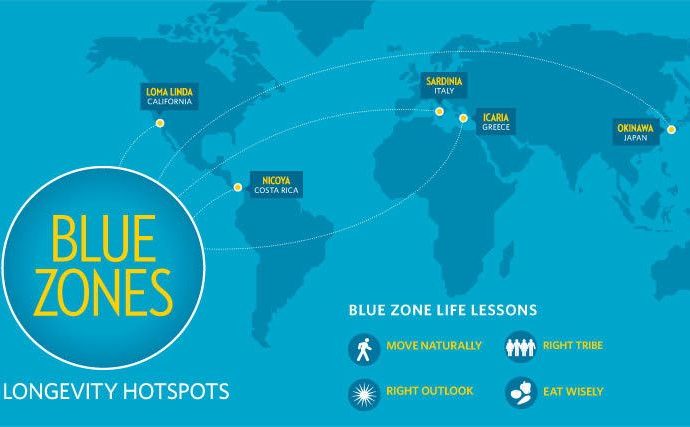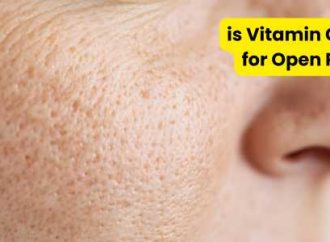Introduction Blue Zones are areas in the world where people have the highest Life Expectancy. They are famous for their low rates of chronic diseases and high numbers of centenarians. Regions such as Okinawa in Japan, Sardinia in Italy, and Nicoya in Costa Rica have been studied extensively by scientists. The lifestyle and diet of
Introduction
Blue Zones are areas in the world where people have the highest Life Expectancy. They are famous for their low rates of chronic diseases and high numbers of centenarians. Regions such as Okinawa in Japan, Sardinia in Italy, and Nicoya in Costa Rica have been studied extensively by scientists. The lifestyle and diet of these communities have shown remarkable benefits.
What Is This and That
Before we dive deeper, let’s explain some key ideas in simple words.
What Are Blue Zones?

Image by: Yandex.com
Blue Zones are regions where people live the longest. These areas have been identified through research by scientists who study longevity. The people living in these zones share common habits that lead to better health and long life.
What Is Longevity?
Longevity means living a long life. It is often measured by the number of years a person lives. In Blue Zones, people enjoy long lives with fewer health problems. This shows that a healthy lifestyle can help you live longer.
What Is a Healthy Lifestyle?
A healthy lifestyle involves daily habits that promote good health. This includes eating well, staying active, having strong social connections, and managing stress. In Blue Zones, these habits are part of everyday life. They help keep the body and mind in good shape.
What Are Centenarians?
Centenarians are people who live to be 100 years old or more. Blue Zones have a high number of centenarians, which is a sign of successful aging. Their lifestyles offer clues about how to stay healthy well into old age.
The Secrets of Blue Zones

Image by: Yandex.com
What makes Blue Zones so special? Researchers have discovered several key habits that contribute to long life and good health. Let’s look at some of these secrets.
Diet and Nutrition
One of the most important factors in Blue Zones is diet. People in these areas tend to eat a plant-based diet rich in vegetables, fruits, whole grains, and legumes. They also enjoy moderate amounts of fish and dairy. Processed foods and red meats are rare.
In Blue Zones, meals are shared with family and friends. This communal eating helps reduce stress and fosters social bonds. Many people follow a natural eating pattern that is low in calories but high in nutrients. The Mediterranean diet, often seen in Blue Zones, has been linked to lower rates of heart disease and improved longevity.
Physical Activity
Residents of Blue Zones are naturally active throughout the day. They walk more, work in gardens, and engage in simple physical activities. This does not mean intense gym workouts, but rather staying active with everyday tasks.
Their physical activity is part of their routine and is integrated into their lifestyle. For example, people might walk or bike to work, tend to their gardens, or play with their children. These habits help maintain muscle strength, flexibility, and a healthy metabolism.
Social Connections
Strong social ties are a hallmark of Blue Zones. People in these regions have close relationships with family, friends, and community members. They spend time together, support one another, and enjoy shared activities.
These social connections reduce stress and create a sense of belonging. A strong community helps people manage the challenges of life. Studies have shown that having a good social network is linked to longer life and better mental health.
Purpose and Stress Management
Having a clear purpose in life is another common trait in Blue Zones. Many residents have a strong sense of purpose, often referred to as “ikigai” in Japan. This feeling of having a reason to live helps reduce stress and keeps people motivated.
Stress is managed through regular relaxation, mindfulness, and taking time for leisure. In Blue Zones, work and rest are balanced naturally. People often take breaks during the day to relax, meditate, or enjoy time with others.
Environment and Lifestyle
The physical environment in Blue Zones plays a big role in promoting health. Clean air, safe neighborhoods, and access to nature contribute to a high quality of life. Many Blue Zones have a relaxed pace of life that allows people to enjoy the small pleasures of everyday living.
Healthy lifestyle choices in these areas are supported by both social and natural surroundings. The focus is on living simply and in harmony with nature. This approach reduces exposure to harmful stressors and creates a supportive environment for long life.
Benefits of Adopting Blue Zone Habits
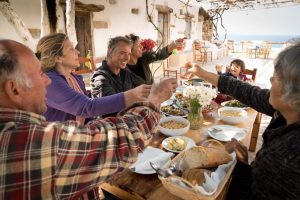
Image by: Yandex.com
Integrating Blue Zone habits into your daily life can bring many benefits. Here are some of the most significant advantages.
Improved physical health is a major benefit. Eating a balanced diet and staying active can reduce the risk of chronic diseases like heart disease and diabetes. Regular physical activity also helps maintain a healthy weight and improves overall fitness.
Better mental health is another advantage. Strong social connections and a clear sense of purpose help reduce stress and improve emotional well-being. A relaxed pace of life and regular mindfulness practices contribute to a calm and focused mind.
Adopting these habits can also lead to a higher quality of life. When you eat well, exercise regularly, and connect with others, you feel more energetic and motivated. These lifestyle changes can lead to improved sleep, better mood, and even a more positive outlook on life.
Finally, a focus on sustainability and natural living can have long-term benefits. Blue Zone habits encourage you to live in harmony with your environment. This not only improves your health but also helps protect the planet.
Practical Tips for Incorporating Blue Zone Habits
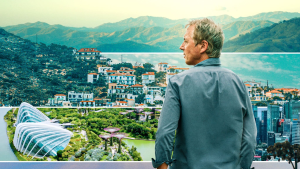
Image by: Yandex.com
Here are some practical tips to help you adopt Blue Zone habits in your daily routine.
Set a daily routine that includes moments of rest and reflection. Whether it is through meditation, reading, or simply enjoying a quiet cup of tea, find a way to relax each day.
Learn more about the culture and history of healthy living. Read books, watch documentaries, or attend local events that promote a healthy lifestyle. Knowledge can inspire you to make positive changes.
Consider using a fitness or wellness app to track your progress. These tools can help you monitor your diet, exercise, and overall well-being. Data-driven insights can keep you motivated.
The Role of Community in Blue Zone Living

Image by: Yandex.com
Volunteer in your community. Helping others not only benefits those around you but also gives you a sense of purpose. This feeling of contribution is a key element of Blue Zone living.
Participate in local events and festivals. These gatherings offer a chance to celebrate culture, share traditions, and enjoy the company of others. Engaging in community events can help you feel more connected and supported.
A Relevant Table: Blue Zone Habits and Their Benefits
| Habit | Description | Benefits |
|---|---|---|
| Healthy Diet | Eating a plant-based, natural diet with fresh vegetables, fruits, and whole grains. | Reduces chronic diseases, improves energy, supports longevity. |
| Regular Physical Activity | Incorporating daily movement through walking, gardening, or simple exercises. | Improves fitness, burns calories, maintains healthy weight. |
| Social Connections | Building strong relationships with family, friends, and community members. | Reduces stress, improves mental health, provides emotional support. |
| Purposeful Living | Having a clear sense of purpose and engaging in meaningful activities. | Boosts motivation, lowers stress, enhances overall satisfaction. |
| Stress Management | Practicing relaxation, mindfulness, and regular breaks throughout the day. | Reduces anxiety, improves sleep, fosters mental clarity. |
| Sustainable Environment | Living in a clean, safe, and supportive environment that values nature. | Enhances quality of life, promotes well-being, supports longevity. |
The Future of Blue Zones
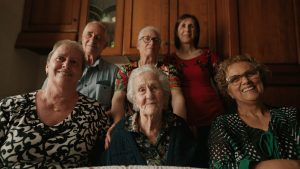
Image by: Yandex.com
Interest in Blue Zones continues to grow. In 2025, more research is focused on understanding what makes these regions so unique. Experts believe that the secrets of Blue Zones can help us design healthier communities around the world.
The study of Blue Zones is inspiring changes in urban planning, public health, and personal lifestyle choices. Cities and towns are beginning to adopt strategies that promote social connection, physical activity, and access to healthy foods. This movement towards healthier living has the potential to improve the well-being of entire communities.
Final Touches: Bringing It All Together
The wisdom of Blue Zones teaches us that living a long and healthy life is within reach. By embracing a healthy diet, regular exercise, strong social connections, purposeful living, and effective stress management, you can create your own version of a Blue Zone. These habits not only improve your well-being but also help build a supportive community and a sustainable environment.
Conclusion
In summary, the renewed focus on Blue Zones in 2025 highlights the importance of living a healthy and balanced life. This article explained how Simple Habits such as eating a natural diet, staying physically active, and building strong social connections can lead to long life and well-being. The benefits of these practices include reduced stress, improved health, and a greater sense of purpose. Embracing the Blue Zone lifestyle can help you live longer and enjoy every day to its fullest.

